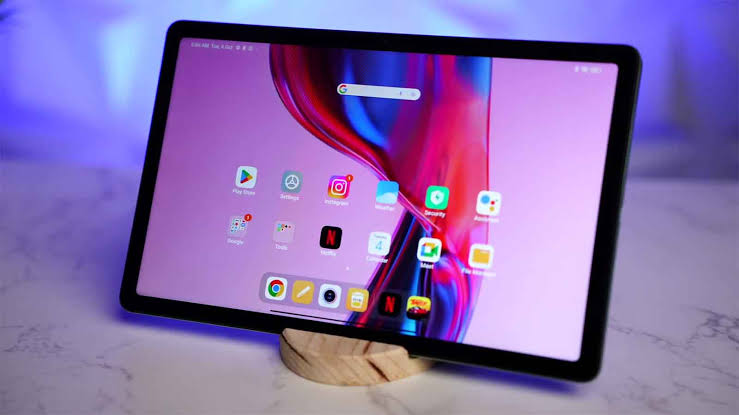Redmi Pad Tablet Review & Price: As already suspected, Xiaomi presented a new tablet in addition to the Xiaomi 12T Series at their October launch event. After the success – and by that I don’t necessarily mean financial success, but having delivered a very good product – I was really looking forward to the Redmi Pad. In terms of price, it is even below the popular Xiaomi Pad 5. Nevertheless, Xiaomi miscalculates here.
Xiaomi Redmi Pad Tablet Review
- Redmi Pad Tablet
- 3/64 GB Version
- at mi.com for €189.90 | Galaxus for €209.99
- 4/128GB
- at Amazon for €218 | mi.com for €229.90
- You can find more prices on idealo.de from €199.99 (as of 06/30/2023)
- Specifications of the Redmi Pad
| Redmi Pad | |
| Display | 10,61″ 90 Hz LCD, 2000 x 1200p, 400 nits |
| processor | MediaTek Helio G99 @ 2,2 GHz |
| graphics chip | ARM Mali G57 |
| random access memory | 3/4 GB LPDDR4X |
| Internal memory | 64/128 GB |
| main camera | 8 MP |
| front camera | 8 MP ultra wide with 105° shooting angle |
| battery pack | 8000 mAh 22,5W Laden (Global) |
| connectivity | Bluetooth 5.3, ac-WiFi, USB-C, microSD-Slot |
| Features | 4 speakers |
| operating system | MIUI for Pad based on Android 12 |
| dimensions / weight | 250,38 x 157,98 x 7,05 mm / 445g |
Redmi Pad my 90 Hz Display
One reason for the success of the Xiaomi Pad 5 was the 120 Hz display. Is this now also offered in the cheaper tablet, or is it going to 60 Hz like in an iPad? As we wished for in our podcast, the Redmi Pad now offers a 90 Hz refresh rate! A smart move to make the operation of the 10.61″ display smoother. As in the Pad 5, it remains an IPS LC display, in this case with a resolution of 2000 x 1200 pixels. This results in an average pixel density of 219 ppi. It’s sharp enough for any 1080p content.
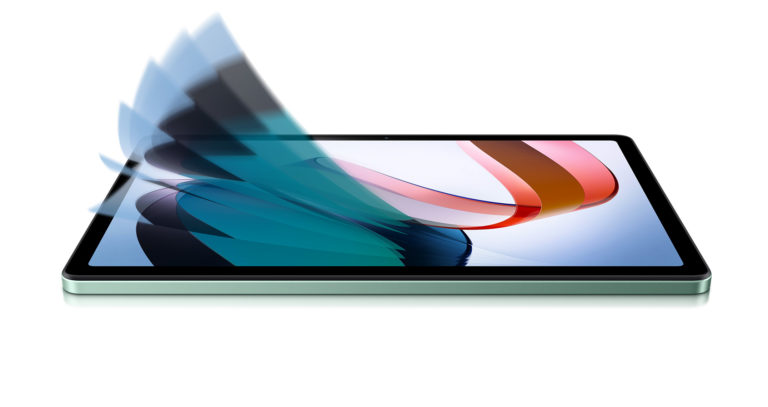
Due to the LCD panel, the contrast ratio is only 1500:1, the brightness is 400 nits, which is 20% lower than in the Xiaomi Pad 5 . You can see that in a direct comparison. inside? No problem. Outside? You have to turn the brightness control to full power. The viewing angle stability is significantly better than that of cheaper Chinese tablets like the CHUWI Hi Pad Max.
The MIUI for Pad operating system hardly offers any settings, at least the color scheme can be changed. There is a blue light reduction certified by TÜV Rheinland, which is supposed to be easy on the eyes, especially for longer periods of time.
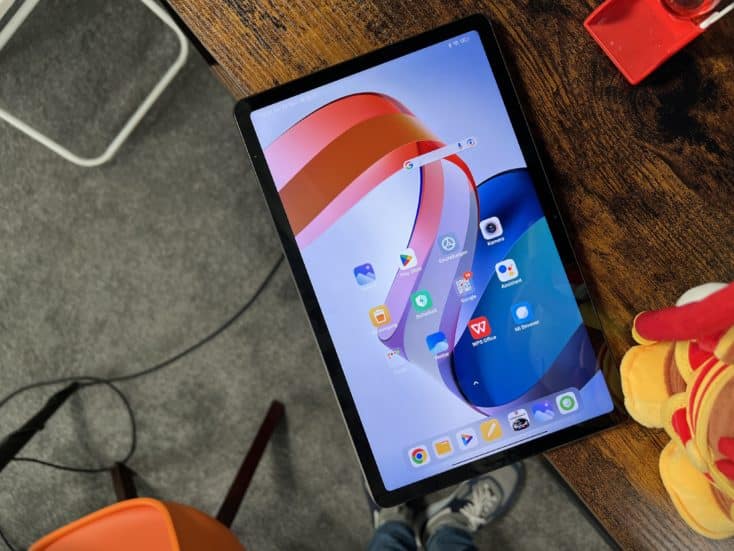
Redmi Pad surprises with sound
Especially with the sound, Xiaomi and Redmi provide a small element of surprise. The sound comes from four speakers that are even Dolby Atmos certified. In terms of quality, there is hardly any noticeable difference to a current iPhone, which is known for its good loudspeakers, but due to the double number of loudspeakers it is even louder without overdriving. This is fun to listen to music, but is also suitable for watching films and series. Logically, it is not a substitute for your own home cinema.
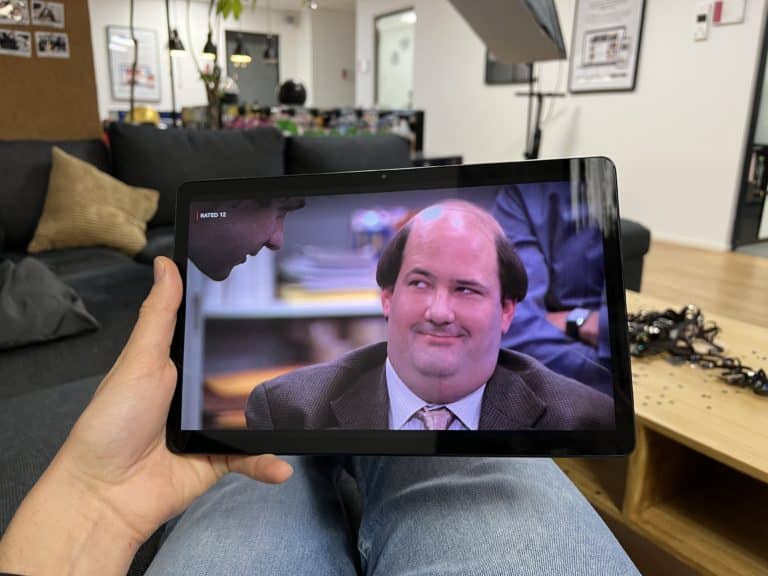
Another iPad clone
Xiaomi relies on a metal unibody that weighs 445g. The dimensions of the tablet are 250.38 x 157.98 x 7.05mm and it comes in three colors: grey, silver and mint green. There is an 8 megapixel camera on the back, just like on the front. Thanks to the 105° recording angle and the new FocusFrame feature, this is particularly interesting for video calls.
FocusFrame is reminiscent of Apple’s Center Stage or follow mode, where the focus follows the person should they move in the room. The feature will be provided via OTA update. The camera is correctly located on the top in horizontal mode, i.e. on the long side.
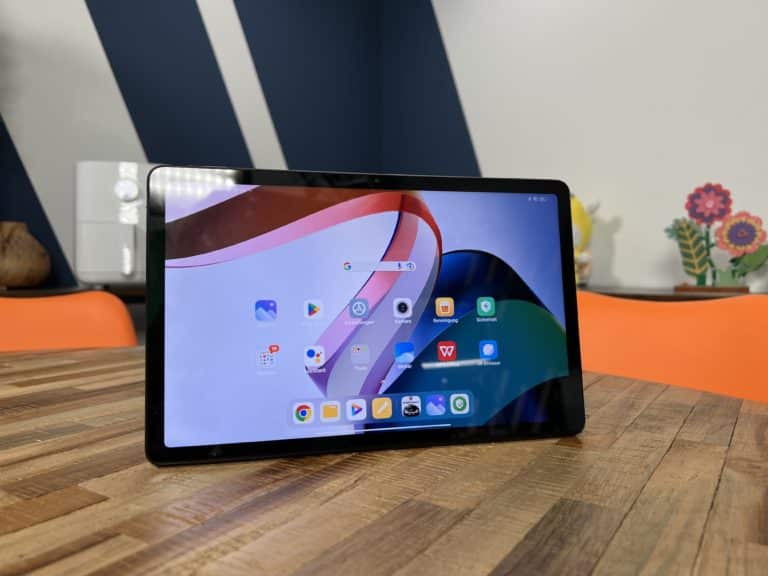
The workmanship is typical for Xiaomi, there is little to complain about here. The display is held in a kind of plastic base and doesn’t sit directly in the frame like Apple does with their iPads, for example. It looks nicer, but it also costs more. The pressure points are successful, there are no sharp edges. Only the SIM slot in our test model is a bit stubborn in the case, but that’s complaining on a higher level and only gets annoying once.
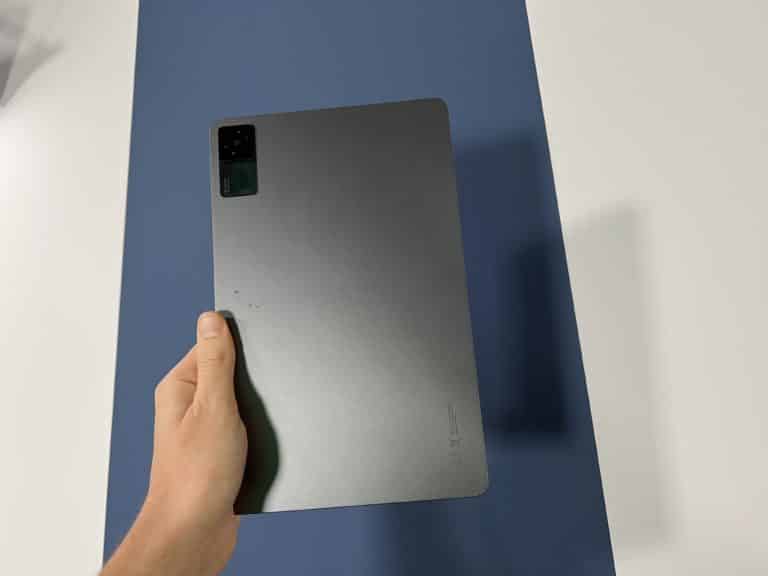
Redmi doesn’t reinvent the wheel here, but they don’t have to either. The Redmi Pad looks like any other tablet; the iPad comparison is obvious. But that’s what tablets look like. The camera module, which takes up far too much space for such a small sensor, is negative. One can also criticize that Xiaomi does not install a fingerprint sensor here. It is unlocked either via code/pattern or via face unlock, which reacts reliably and quickly, but is not biometric and therefore only secure to a limited extent.
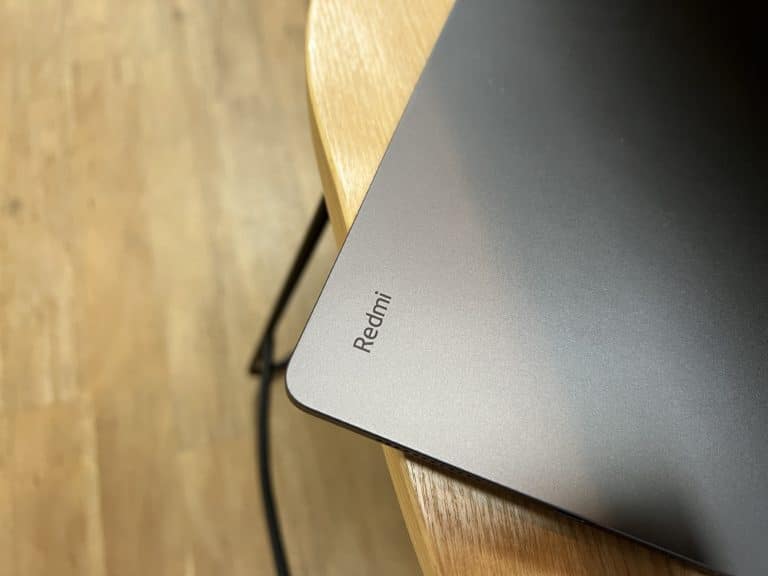
The Redmi Pad is slow
The MediaTek Helio G99 processor is used in the Redmi Pad. The most powerful chip of the G series was manufactured using the 6 nm process and offers a clock frequency of up to 2.2 GHz. In Germany, Xiaomi combines this with 3 or 4 GB of LPDDR4X RAM and 64 or 128 GB of mass storage.
There was probably also talk of a 6 GB RAM variant, but this is almost nowhere to be found. In benchmarks, the processor performs better than the Snapdragon 680 that is used in the CHUWI HiPad Max. On paper, however, it’s also miles away from the Snapdragon 860 found in its big brother, the Xiaomi Pad 5.
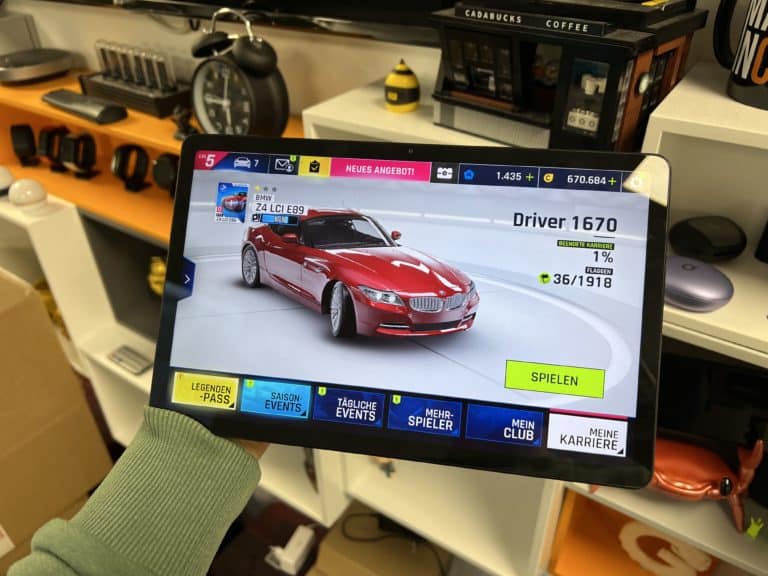
Not only on paper, but unfortunately also in practice. The Redmi Pad is slow. I noticed that in the demo area at the launch event in Munich, but unfortunately the impression has been confirmed in everyday life so far. Not that the CPU has no power. More demanding games like Asphalt 9 run relatively smoothly, but opening apps in everyday life, booting applications and the pad itself take more time than on the cheaper HiPad Max. And that despite 90 Hz, which doesn’t provide the concealing effect I was hoping for.
The stuttering when closing apps is particularly noticeable, where the animation is anything but smooth. And we already have the 4 GB RAM variant, So I don’t want to recommend the 3 GB version at all.
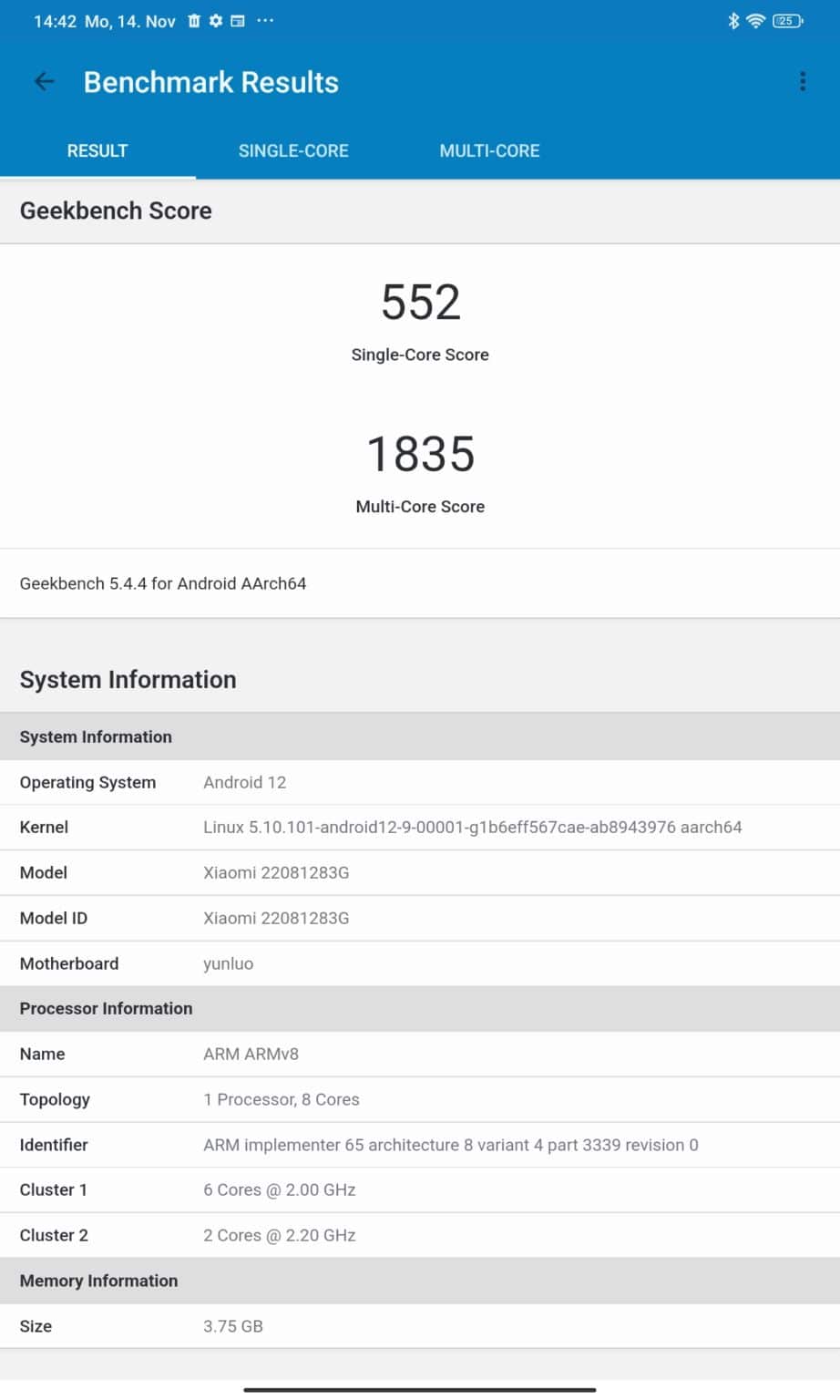
You may or may not be bothered by that. The comparison to the Xiaomi Pad 5 provides my assessment here, which still works quickly and smoothly even after a year, due to the significantly stronger CPU and the 120 Hz panel. I wouldn’t want to use the Redmi Pad for “real” gaming, for office tasks or creative work, the performance has been sufficient for Netflix, social media & surfing as well as light games so far.
MIUI for Pad unusually clean
The Redmi Pad runs Xiaomi’s own MIUI for Pad operating system, which in turn is based on Android 12. The software customization was one of the minor criticisms of the Xiaomi Pad 5, the OS still looked like an upscaled MIUI. Unfortunately, that hasn’t changed at all. Yes, multitasking is a bit more intuitive now. You can use split-screen by opening the dock below (indicated by a semi-transparent line next to the gesture line) and dragging the app to the edge of the screen. Not every app supports this, in which case you end up with the floating window, for which there are some setting options.
Otherwise, Xiaomi does relatively little for productivity. At least Apple is trying to find something new with the Stage Manager, which only works semi-well. It looks relatively clean and functional, especially by Xiaomi standards, but this also has a positive effect:
There is hardly any bloatware! Google services and Xiaomi’s own services are of course installed from the start, but WPS-Office is the only third-party software that is immediately on board – finally! Compared to the Xiaomi Pad 5, for example, the second profile feature is missing, which makes the Redmi Pad much less suitable for family use than its big brother.
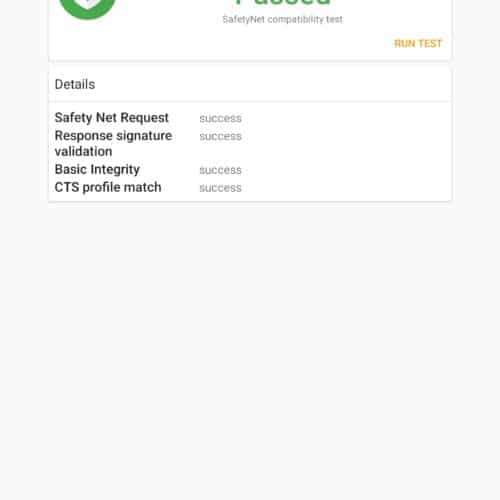
It is not yet known whether the Redmi Pad will ever see an update to Android 13, there is no update promise here. The Xiaomi Pad 5 just got an Android 12 update, so it could come, but it will take time. It passes the Safety-Net test and has Widevine Level 1 copy protection. That means: You can also watch Netflix & Co. in FullHD! This makes the Redmi Pad Tablet suitable as a media tablet through and through.
Battery Capacity
With a capacity of 8,000 mAh, the battery is slightly smaller than in the Xiaomi Pad 5, but it also has to power a smaller and darker display. This ensures a very good battery life, which easily exceeds the 10 hours in the benchmark, which are now standard for most smartphones. How long you can get by with it in practice depends heavily on your use. In my private use with mainly watching Netflix in the evening, I have to load it two to three times a week. It is charged with 18W, a 22.5W charger is included in the scope of delivery.
Few connections & no accessories
A USB-C 2.0 port on the bottom and a microSD slot with support for 512 GB memory cards on the right. That’s it for listing the physical ports of the Redmi Pad. No jack connection, no infrared and also no SIM slot. That means you can neither connect an external monitor, which requires USB-C 3.1 Gen 1, nor can you use mobile data. The wireless connection options are dual band ac-WiFi and Bluetooth 5.3 , unfortunately there is no GPS for position determination.
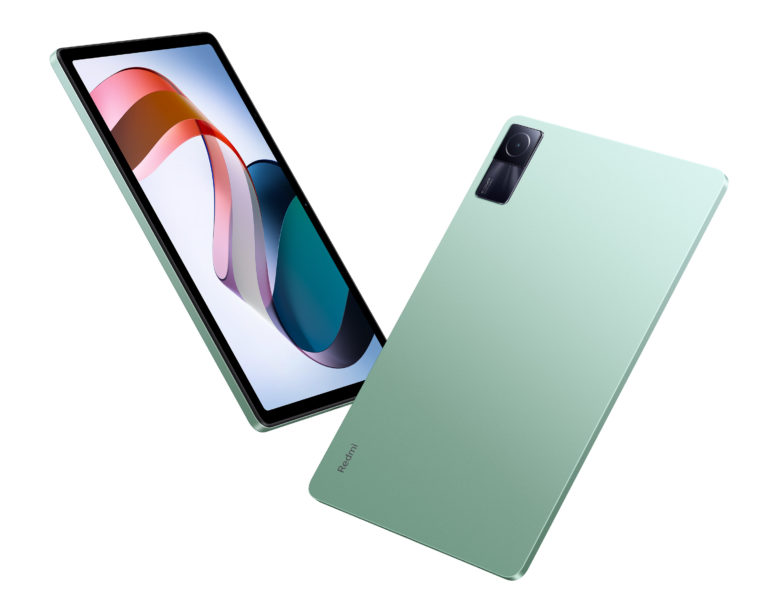
There are also no ports for accessories. Where the Xiaomi Pad 5 has a magnetic pogo connector for the keyboard and a Qi charging surface for the Xiaomi Smart Pen Stylus, the Redmi Pad has nothing. Well, the keyboard didn’t even officially make it to Europe, here you have to make do with the QWERTY version, but the Smart Pen could have been used for the Redmi Pad, right? It already exists and has been released globally. From a marketing point of view alone: Ever heard of upselling, Xiaomi?
Buy Redmi Pad?
The Redmi Pad does a lot of things right. A large battery, features like FocusFrame and above all the good 90 Hz display are theoretically good compromises compared to the Xiaomi Pad 5. But then the sluggish operation, the barren OS and above all the price speak against it. With an RRP of €299.90 for the 3 GB version and €329.90 for the 4/128 GB version, it is not far from the Xiaomi Pad 5, which is equipped with 6 GB RAM and even at Mi.com was already available for less than 300€.
The Xiaomi Pad 5 is superior in every respect, even in price and therefore the clear purchase recommendation. Here is our detailed review. The Redmi Pad only has its place in a price range of 200 to 220€, where you have to compete with a CHUWI HiPad Max. Although it doesn’t have a 90 Hz display and a much worse sound, it reacts faster in everyday life and offers more memory, GPS, LTE and also Widevine Level 1. Unfortunately, Xiaomi miscalculated the Redmi Pad, especially with the price.
